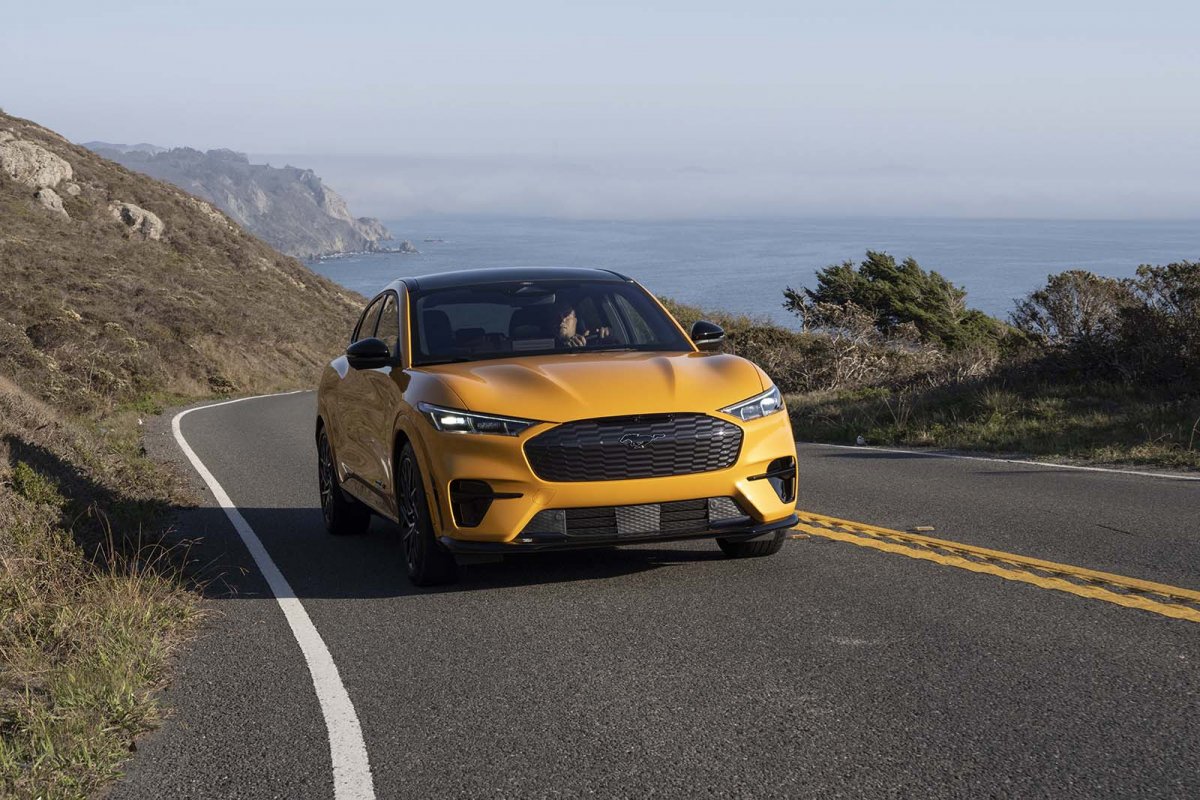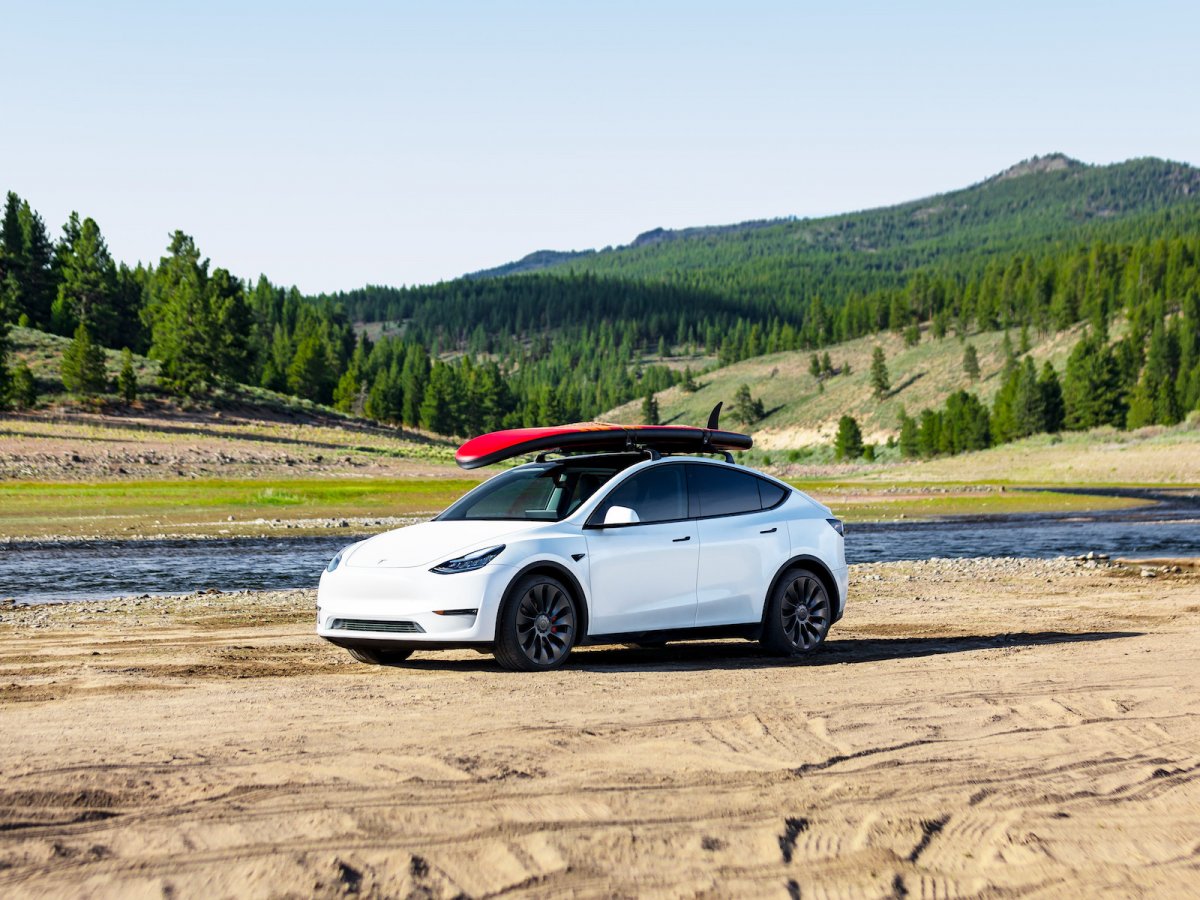Electric vehicles (EV) are still too expensive for a lot of people. As automakers work to bring EV production to scale, they're running into a problem: ongoing constraints in the supply chain are keeping prices on battery components high.
Specifically, there's been a sharp increase in the cost of lithium and nickel, both key components to building EV battery cells.
Recent data from Bank of America Global Research shows that lithium and nickel are making up more of the price of a lithium-ion battery than ever before.
In 2021, lithium comprised 9 percent of the cost of a battery cell. Nickel represented 12 percent of the cost. But for 2022, those numbers have risen to 13 percent and 21 percent, respectively.

The supply chain and metal sourcing issues that have plagued the automotive industry for the last 2 years have been well-documented.
Chris Berry, a metals analyst and president of House Mountain Partners, told Newsweek that it's not as simple as supply and demand. Price shocks are also being driven by geopolitics.
"Russia is responsible for about eight percent of global nickel production," he explained. "What is perhaps more important to the battery markets is that Russia produces about 20 percent of class one nickel."

Class one nickel is a designation for nickel in its purest form, about 99.8 percent pure nickel or higher. That's the type of nickel that is used in battery cell production.
But that's not the only thing that's pushing nickel prices higher. Over the last month, nickel trading has been virtually frozen on the London Metals Exchange (LME).
After a 250 percent price hike that saw the commodity go from $20,000 per ton to $100,000 per ton in a span of a few days, at the start of the Ukraine invasion, price caps have been instituted to reign in volatility.

The demand for lithium, which is required in each battery cell in a specific amount, has left manufacturers scrambling to get mining projects off the ground.
"Finding lithium and mining it is not the problem," he said. "Lithium in and of itself is not rare. But producing battery-grade lithium is a much more challenging endeavor."
It takes 9-10 years for a lithium mine to become fully operational.

It's also experiencing inflated prices. A ton of lithium from China is currently selling for about $75,000. At this time 10 years ago, it was hovering around $6,000.
"Typically, the pricing dynamics for lithium that we see in China filter through to the rest of the world over the corresponding six to 12 months," he explained.
Metals markets are notoriously unstable year-over-year, according to Dr. Roderick Eggert, a mineral economics professor at Colorado School of Mines. Manufacturers, specifically carmakers who are relatively new to this market, have to adapt to that continual risk.

"A question for customers is: how comfortable are they with the instability and to what degree can they build in enough security or risk mitigation that allows them to be comfortable," he posited.
Large buyers of copper and aluminum have developed methods that largely shield themselves from price shocks, with different ways of managing inventory and dynamic strategies for commodity futures trading.
Eggert says that what will probably be the most common solution is the forming of strategic alliances between manufacturers and metals suppliers, so that each party can focus on their goals while also collaborating to avoid supply chain disruptions.
To avoid this problem again, he thinks manufacturers have to change the way they've thought about supply chains.
"The reason that some manufacturers have gotten into this problem is that they've overemphasized the importance of minimizing costs and underappreciated the supply chain risks," he argued.
Berry doesn't see the lithium market catching up with demand for another two to three years.
"I don't see existing producer or near-term producer ability to bridge the gap where you have lithium demand growing at 20 percent per year," he said. "We will see supply attempting to keep pace at a much lower rate."
Last week, the White House said that President Biden will invoke the Defense Production Act to incentivize domestic production of minerals crucial to EV production. Companies could receive federal assistance with feasibility studies for the mining of lithium, nickel, cobalt, graphite and manganese.
Uncommon Knowledge
Newsweek is committed to challenging conventional wisdom and finding connections in the search for common ground.
Newsweek is committed to challenging conventional wisdom and finding connections in the search for common ground.





